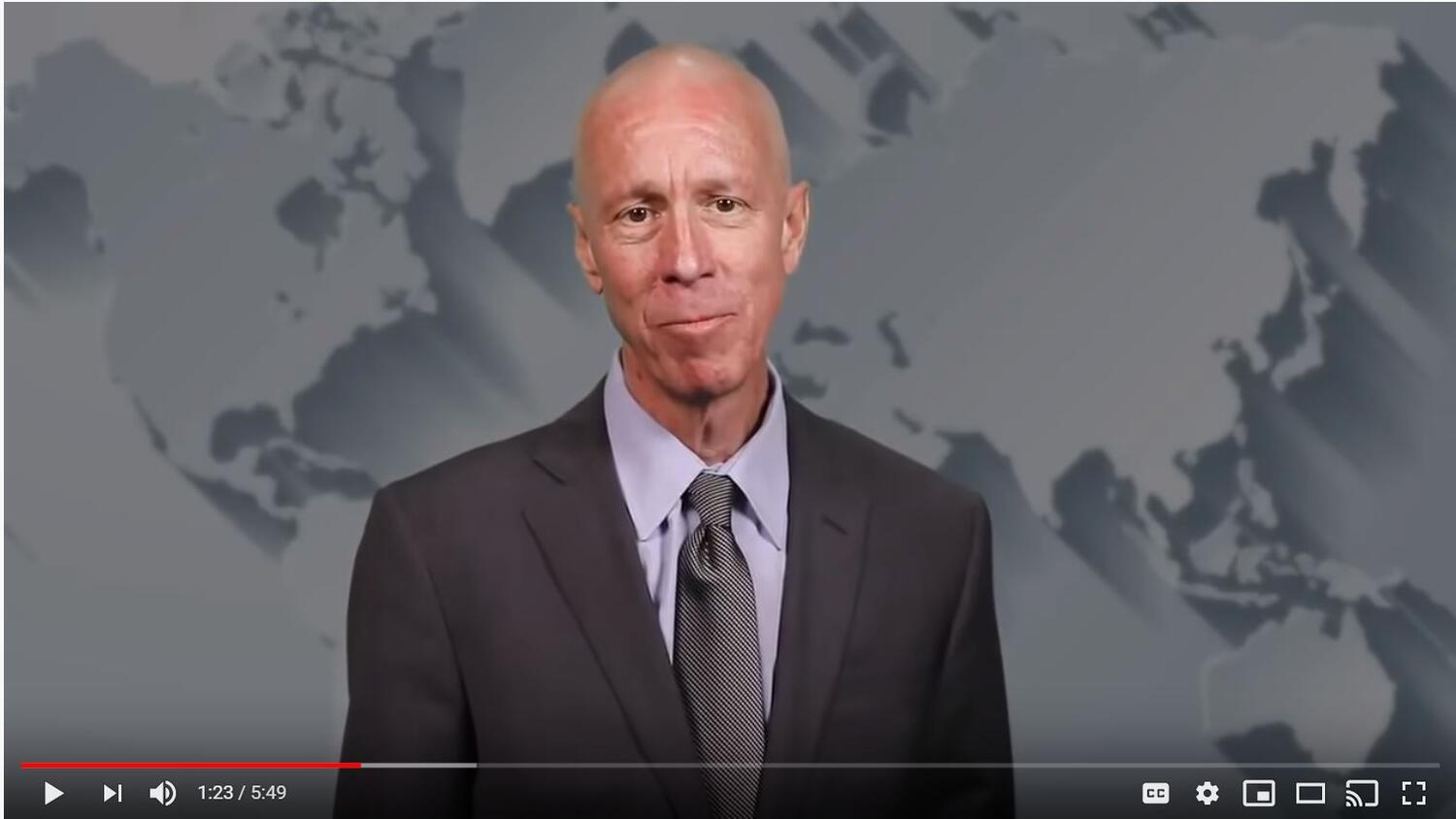Employee Experience, Leadership & Management, Remote & Hybrid Culture, Trust
Managing successful remote teams requires trust, open communication and patience. By applying six actionable tips, you can ensure that your teams are fully engaged and functioning smoothly.
Teams all over the world have been getting accustomed to working remotely as the COVID-19 pandemic continues to change how businesses operate.
Kerry Wekelo manages a remote team distributed across the U.S., Canada and the U.K. at her Great Place To Work-Certified™ company Actualize Consulting.
We spoke to Kerry to discover what she’s learned over her 15 years of experience successfully working and leading from home. Here’s what has worked for her:
1. Get radically transparent
No matter what you have to do to keep your business afloat, it's important to make sure your employees are aware of and understand how the company is doing and the decisions leadership is making. Whether the news is good or bad, it is better that your team hears it from leaders rather than allowing rumors and assumptions to damage employee trust.
In light of the pandemic and for the peace of mind of their employees, Actualize send out an internal newsletter. A typical issue of the newsletter includes:
- How the company is doing financially and operationally
- New project wins
- Team members’ birthdays and personal celebration milestones
- Kudos from team members and clients
- Picture “show and tell” in video calls — for example, in one issue team members shared pictures from childhood
The newsletter reassures the team that Actualize is financially stable and has maintained a steady pipeline of work. It also helps connect team members and strengthen the company culture.
The success and popularity of the newsletter has led Actualize to increase its frequency from monthly to semi-monthly.
2. Create a playbook for handling conflicts
It’s critical to set a protocol for resolving challenges openly, directly and in a way that immediately eliminates stress and frees up time.
Kerry shared the following strategy for handling conflict — one she says has had a 100% success rate in her team interactions:
- Facilitate a meeting with the parties involved in a conflict
- Before the meeting, go to each person asking if they are willing to conduct an exercise for bringing resolution
- Explain to them that each person will start with stating why they are grateful for the other person in the conflict
- Next, ask them to use self-reflection to see what their contribution to the conflict is and one thing they could have done differently
- Finally, express how the conflict is making you feel
When asked what makes this strategy work, Kerry says, “Starting with gratitude and self-reflection automatically diffuses the conflict. Many times, the source of the conflict is a misunderstanding rather than any actual malice between team members.”
At the end of each meeting, participants move forward with an agreed solution.
3. Co-create and set guidelines
When working with remote teams, according to Kerry, “By establishing guidelines with individuals and teams, you improve your workflow. And when you invite your team to help design them, it sends a message that you care about their employee experience.”
Ways you can do this include:
- Create a work schedule for core hours
Have calendars blocked so your team can see your availability. If there are changes in the plan, communicate the change to the team. - Determine communication strategies with each team
Work with each team on the best way to utilize technology to work remotely. For example, video conferencing is an effective way to conduct meetings remotely with a more personal touch. For others, however, video calls might be distracting and cause fatigue. Ask your teams what works for them! - Ask each team member for their preferred methods of communication
For example, for quick questions, Kerry prefers that someone ask if it’s okay to call or have a quick conversation over instant message. If the ask is complicated, she prefers to receive an email with all the pertinent details so that she can process the question.
4. Establish an open-door policy
According to Kerry, Actualize has doubled down on transparency and openness:
“Our leadership team has always had an open-door policy, but now it’s more important than ever. With the new struggles we are facing, everyone needs to be reminded that leadership is approachable and available.
“No matter the issue at hand, we want our employees to know that we are patient and willing to brainstorm and work with them to ensure it gets resolved.
“As an example, we know that this time isn’t easy for our employees. Some have sick family members, children home from school, or newborns. We are encouraging them to come to us with their issues – perhaps they need more flexibility in their schedules, or ideas for tackling a current challenge.”
Kerry ensures her team knows they can come to her with their challenges by:
- Taking monthly calls with new hires to build a 1:1 relationship
- Reminding employees that their personal concerns are also her concerns
- Asking employees, “What is your biggest challenge and how can we assist?” in their mid-year performance reviews
5. Stay connected – on more than just deadlines
To increase trust and help their people feel like a team, leaders at Actualize are intentional with their day-to-day communications.
For example, they dedicate part of each meeting to simply listening to each other – any moments from the day to share and current struggles. They consider these interactions to be about more than just getting down to business — they aim to genuinely connect.
They also carve out time in meetings for more than just project timelines, such as
- Icebreakers
- Birthday announcements
- Personal milestones
- Introduce new team members
6. Have fun
Kerry says she has been focusing her energy on fostering a fun virtual team connection:
“Each week, we have a Zoom call with various themes. At first, these calls were internally led, but we have since expanded by bringing on guests to lead our events. It has been a way for us to get to know each other better outside of our "work personalities" and form stronger bonds.”
Some ideas she shared:
- Try a fitness class (Yoga/Bootcamp)
- Share a childhood photo or story
- Hire comedians for a contest
- Conduct an improv class
- Share your favorite quote and why
- Show and Tell
- Share a meme
What do these practices lead to?
Ten years ago, Actualize made the decision to focus on its people and culture through practices like the ones above.
The result? A dramatic drop in turnover rates. They dropped to under 1% and are currently at just 4% over the last 4 years, with an average employee tenure of 5 years.
Even with the shift to working remotely Actualize continues to apply the same principles and embrace open communication, and have found that their teams are even more engaged and productive when they have flexibility and freedom. It’s no wonder that they are a Great Place To Work-Certified company.
Kerry Wekelo, MBA, is the Chief Operating Officer at Actualize Consulting, a financial services firm. Her book, Culture Infusion: 9 Principles for Creating and Maintaining a Thriving Organizational Culture and latest book Gratitude Infusion, are the impetus behind Actualize Consulting being named Great Place To Work-Certified™. Kerry has been featured on ABC, NBC, NPR, The New York Times, Thrive Global, SHRM, Inc., and Forbes.











